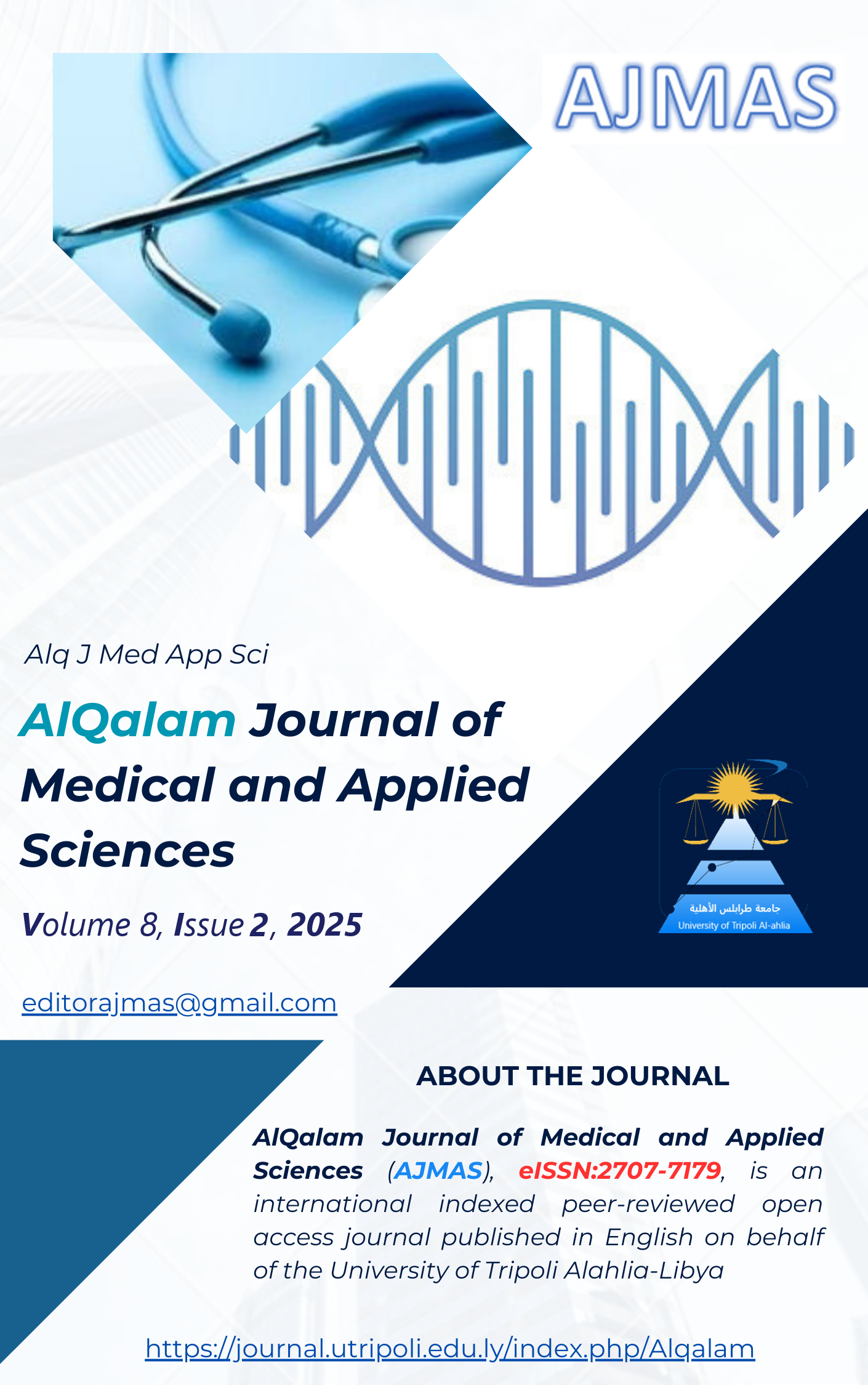Advancements in Seismic Wave Monitoring Technologies Using Artificial Intelligence
DOI:
https://doi.org/10.54361/ajmas.258214Keywords:
Seismic Monitoring Technologies, Artificial Intelligence, Seismic Wave Analysis, Deep Learning, Earthquake Detection.Abstract
In recent years, artificial intelligence (AI) technologies have emerged as a promising tool for enhancing earthquake statistics evaluation and improving earthquake prediction structures. This paper evaluates the utility of AI in earthquake facts evaluation, earthquake prediction, and hazard evaluation. Various research has demonstrated the effectiveness of device getting to know and deep learning algorithms, inclusive of Convolutional Neural Networks (CNN), Long Short-Term Memory (LSTM), and Support Vector Machines (SVM), in processing and reading seismic alerts. AI techniques have been utilized to identify styles in earthquake records, predict earthquakes, and assess seismic hazards greater accurately as compared to standard techniques. Additionally, AI-primarily based early warning systems for earthquakes have been advanced, providing timely signals and improving disaster preparedness. Research additionally highlights the combination of Explainable AI (XAI) to enhance the interpretability of seismic models, thereby improving decision-making in seismic risk evaluation and management. The software of AI in seismic studies introduces a brand-new measurement to earthquake monitoring and mitigation, promising quicker, greater accurate, and cost-effective solutions.
في السنوات الأخيرة، برزت تقنيات الذكاء الاصطناعي كأداة واعدة لتعزيز تقييم إحصاءات الزلازل وتحسين هياكل التنبؤ بها. تُقيّم هذه الورقة البحثية فائدة الذكاء الاصطناعي في تقييم بيانات الزلازل والتنبؤ بها وتقييم المخاطر. وقد أثبتت العديد من الأبحاث فعالية خوارزميات التعرف على الأجهزة والتعلم العميق، بما في ذلك الشبكات العصبية التلافيفية والذاكرة طويلة المدى قصيرة المدى وآلات المتجهات الداعمة، في معالجة وقراءة التنبيهات الزلزالية. وقد استُخدمت تقنيات الذكاء الاصطناعي لتحديد الأنماط في سجلات الزلازل والتنبؤ بها وتقييم المخاطر الزلزالية بدقة أكبر مقارنةً بالتقنيات التقليدية. بالإضافة إلى ذلك، تم تطوير أنظمة الإنذار المبكر للزلازل القائمة على الذكاء الاصطناعي، مما يوفر إشارات في الوقت المناسب ويحسّن التأهب للكوارث. كما تُسلط الأبحاث الضوء على دمج الذكاء الاصطناعي القابل للتفسير لتحسين قابلية تفسير النماذج الزلزالية، وبالتالي تحسين عملية اتخاذ القرار في تقييم وإدارة مخاطر الزلازل. يقدم برنامج الذكاء الاصطناعي في الدراسات الزلزالية مقياسًا جديدًا تمامًا لرصد الزلازل والتخفيف من آثارها، مما يعد بحلول أسرع وأكثر دقة وفعالية من حيث التكلفة
Downloads
Published
How to Cite
Issue
Section
License
Copyright (c) 2025 Enas Altalhe, A'laa Khalid, Naima Mohammed, Heba Mansour, Kolthom Ahmed

This work is licensed under a Creative Commons Attribution 4.0 International License.














